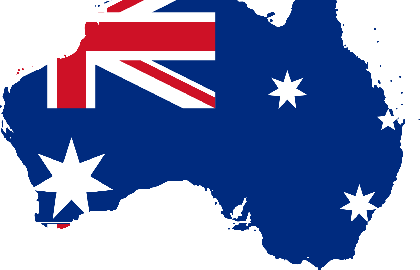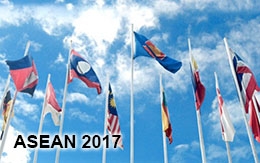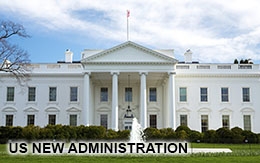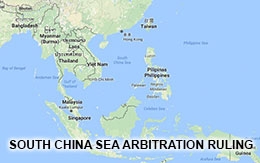National Interests and the Role of Major and Middle Powers in the South China Sea: Australia’s Cautiously Calibrated Approach
However vocally supportive Canberra is of the United States in the South China Sea, in an operational sense Australia has held back since Washington began its current freedom of navigation operations (FONOPs), in October 2015, shortly after Malcolm Turnbull took over as Prime Minister. Why is that so?

Operational caution
The delay is long enough to discount simple hesitancy or domestic political distraction. It points more plausibly at a policy decision not to launch any Australian freedom of navigation patrol or overflight, at least under the current US administration.
The contrast between Australia’s forward declaratory position on the South China Sea and its operational conservatism is sharpened when compared with ongoing Australian Defence Force (ADF) commitments in the Middle East. With little parliamentary debate or public controversy, the Australian Government maintains there is a strategic need to commit substantial expeditionary combat forces on an open-ended basis, to support the US-led air campaign against ISIS over Iraq and Syria.
Yet in the South China Sea, in spite of the Government’s robust declaratory stance on freedom of navigation and overflight, a clear articulation of Australia’s national strategic interests being at stake, and obvious demand signals from the United States, not a single ship or aircraft has been sent to challenge the excessive claims of China and other states in the Spratly Islands.
According to the 2016 defence white paper, Australia is concerned about the militarization of artificial features in the South China Sea and opposes ‘assertions of territorial claims and maritime rights’ that are inconsistent with international law. Moreover, the ADF is regularly present in the South China Sea in the course of normal operations, providing ample opportunity for a dedicated surface FONOP or overflight.
Such caution about conducting non-combat operations in the South China Sea could be seen as inconsistent with Canberra’s official articulation of maritime security interests. It also jars with Australia’s willingness to commit military force to a US-led coalition in a region which, whilst clearly important from a counter-terrorism standpoint, is less obviously central to Australia’s security interests than Southeast Asia and its surrounding waters.
Australia’s reluctance to undertake FONOPs in the South China Sea begs the wider question whether Canberra has grown averse to military deployments in its own region that might incur a negative reaction from China. At the very least, the Government’s circumspection and lack of public articulation on the matter has left it open to this perception.
An uncertain lead?
It should also be noted that Washington has behaved more cautiously than many observers expected. The US Navy has been surprisingly sparing in its own kinetic efforts to challenge excessive claims in the South China Sea, carrying out just three FONOPs by surface units since October 2015; two in the Spratly Islands and one in the Paracels. This is significantly less than the twice-quarterly frequency initially mooted. The US position with regard to military overflight in the South China Sea is murkier, but no deliberate mission has been officially acknowledged.
Most surprising of all, the three US surface FONOPs have been conducted as non-provocative innocent-passage transits, within 12 nautical miles (nm) of features claimed by China and three Southeast Asian claimant countries. Twelve nm is the limit of territorial seas that can be claimed around high-tide features, but no territorial seas have been formally declared by any claimant to the Spratlys, meaning that high-seas freedoms legally still apply. Moreover, the international arbitral panel in The Hague has ruled several of the features on which China has constructed artificial islands in the Spratlys definitively as submerged reefs and shoals, without any jurisdictional entitlement. The tribunal also clarified that no disputed feature within the scope of the ruling is an ‘island’ capable of generating more than a 12nm territorial sea.
If Washington has formally requested Canberra to join in South China Sea FONOPs this has not been made public. But numerous official and unofficial statements by visiting American officials and military leave little room for doubt about US preferences for Australia to be more operationally supportive in the South China Sea. Beijing has likewise left Australia in little doubt about Chinese hostility to what it sees as unwelcome outside interference. China’s Foreign Ministry reacted with ‘shock’ and anger to Julie Bishop’s endorsement of the Hague tribunal ruling in July, saying that ‘any freedom of navigation flights or patrols by Australia will be seen in Beijing as a direct challenge’. The state-aligned Global Times, operating within a loose envelope of official sanction, warned in more sensationalist terms that economic and military consequences lie in store for a ‘paper cat’ such as Australia that dares to challenge China’s sovereignty claims.
Over the past year, the South China Sea has lost much of its abstract quality for Australia as an over-the-horizon security concern. Increasingly, Canberra appears precariously balanced on the horns of a strategic dilemma between Washington and Beijing in the South China Sea.
Euan Graham is Director of International Security Program, Lowy Institute for International Policy.
The paper was presented at the Conference: "The South China Sea in the Broader Maritime Security of the Indo-Pacific Conference", 28-30 September 2016, Canberra, Australia. This conference is co-organized by UNSW Canberra at the Australian Defence Force Academy (ADFA), the Diplomatic Academy of Vietnam (DAV), and the Japan Institute of International Affairs (JIIA).
Click here for full text.










